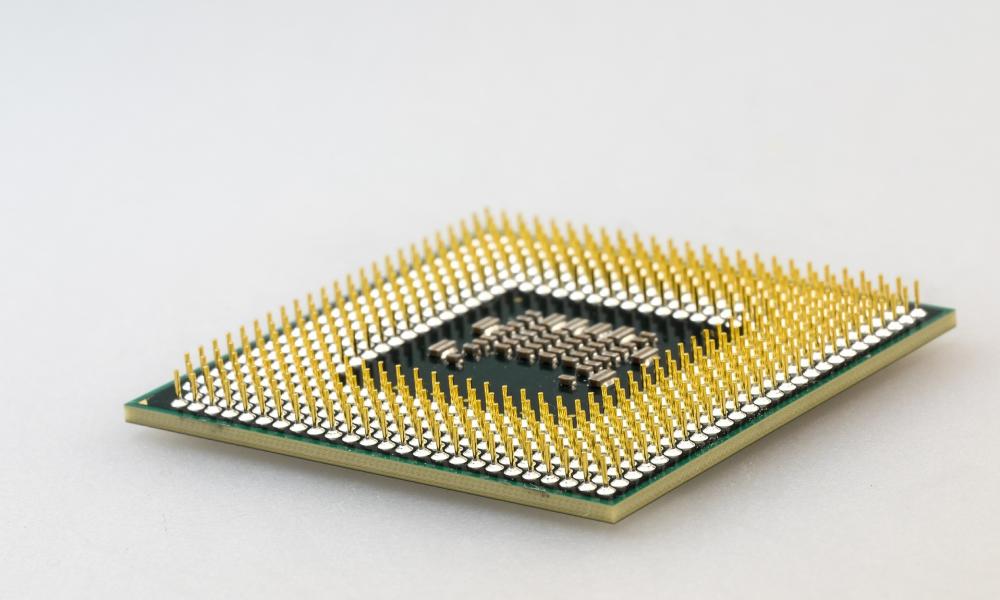Balancing computational resources for efficient bioinformatics workflows
Image credit: redhat
In the rapidly evolving field of bioinformatics, the ability to efficiently manage computational resources is not just a convenience but a necessity. As bioinformaticians, we often face tasks that demand intensive computing power, from genomic sequencing to data analysis. One common challenge is deciding whether to run multiple processes simultaneously on a single machine. While multi-tasking can maximise resource usage and reduce overall computation time, it’s crucial to understand the risks of overloading your system.
The risks of overloading computational resources
Every computer has limits on its processing power and memory. When these limits are exceeded, several issues can arise:
- Performance bottlenecks: If CPU or memory usage approaches or reaches 100%, the system can become a bottleneck, slowing down all processes. This can lead to significantly increased processing times, contrary to the original intent of saving time.
- System instability: Overloading a system can lead to instability, crashes, and in worst cases, data loss. Such interruptions not only delay the completion of tasks but can also corrupt data, leading to further delays and the potential need to repeat experiments.
- Inefficient Processing: When systems are strained, they may resort to swapping data between RAM and disk storage, which is considerably slower. This swapping reduces the efficiency of data processing, extending run times far beyond what is typically expected.
Best practices for resource management
To avoid the pitfalls of overloading computational resources, here are some best practices:
- Prioritise and schedule: Evaluate the priority of each task. High-priority tasks should be allocated more resources or run during times when additional resources are available.
- Monitor resource usage: Tools such as
htoportopcan help monitor CPU and memory usage. Keeping an eye on these can prevent overloads before they compromise system stability. - Adjust resource allocation: Allocate resources based on the complexity and demand of each task. Ensure that the sum total of resources required by concurrent processes does not exceed what your system can provide.
- Consider coud-based solutions: For particularly resource-intensive tasks, consider using cloud-based computational resources. These can be scaled according to the task’s demands and do not affect your local machine’s performance.
Balancing the computational load to prevent overstraining your machine is crucial for maintaining the efficiency and reliability of bioinformatics workflows. By understanding and managing the limits of your computational resources, you can ensure that bioinformatics analyses are completed efficiently, accurately, and without unnecessary disruption.
